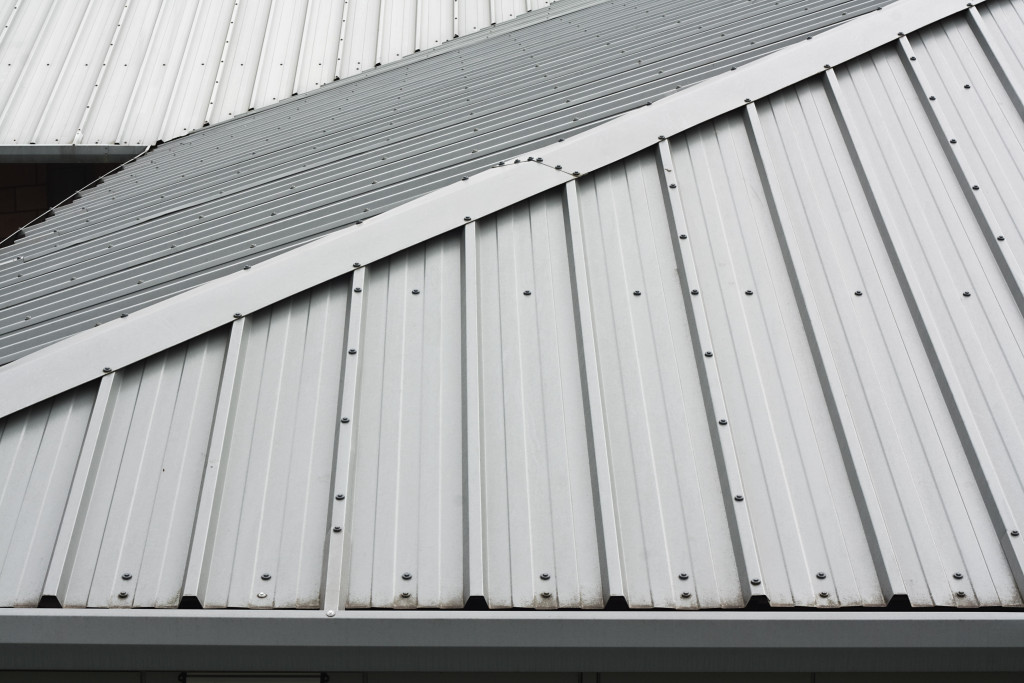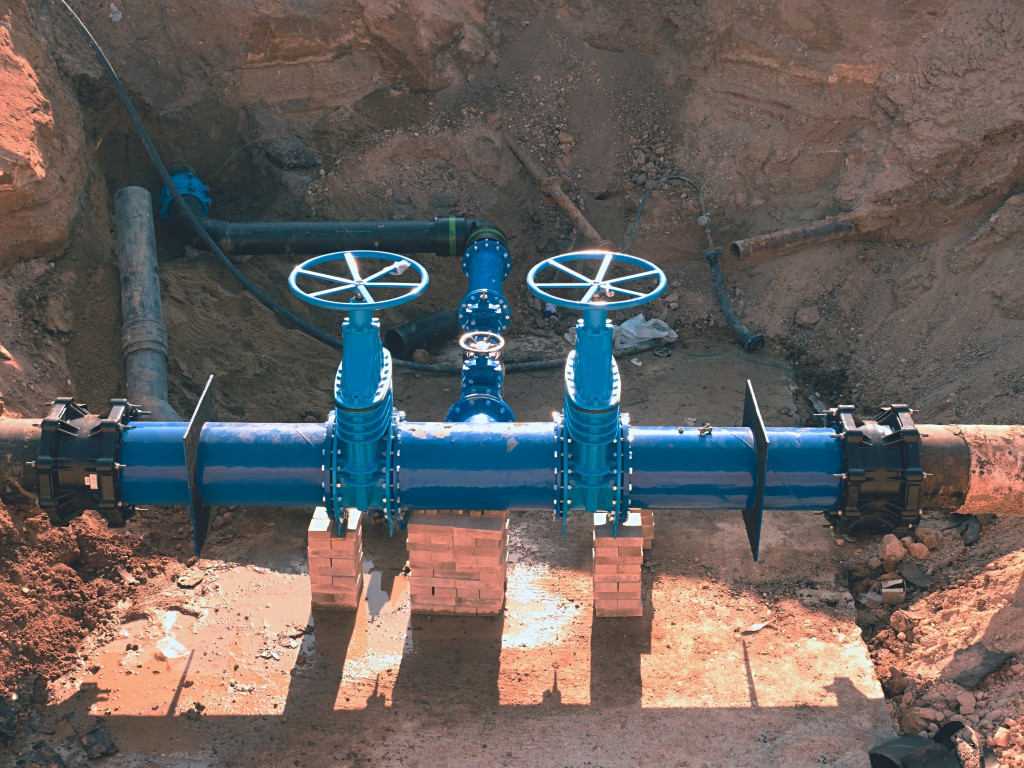- Homeowners can save time and money in the long run by conducting regular home inspections and repairs.
- During an annual home inspection, inspecting the roof for any signs of physical damage is essential.
- Windows should be sealed with no drafts coming from outside; check if condensation appears between panes.
- HVAC system filters must be updated regularly, and ducts checked for leaks or tears in connections and seams tightly sealed.
As a homeowner, it’s important to keep your property in tip-top shape. One way to do this is by consulting an annual home inspection and repairs checklist. By doing so, you can identify any potential issues before they become major problems that could cost you a lot of money down the line.
Why should you get an annual home inspection?
Annual home inspections and repairs are crucial for homeowners as they allow them to identify and address any potential issues before they become major problems. By conducting regular maintenance, homeowners can save time and money in the long run. Regular home inspections help ensure their home is safe and up to code. It’s important to note that most insurance companies require a yearly inspection to keep coverage valid.
Home inspections go beyond the aesthetics of a house, inspecting the structural integrity of your home and its safety features. Home inspection reports also provide valuable information about how well a house is being maintained so that necessary repairs can be made promptly.
Inspectors also check for energy efficiency issues that could unnecessarily cost homeowners money. Some common checks are insulation levels, proper sealing of doors and windows, and ventilation systems. Improving these areas can significantly reduce energy bills while providing greater comfort in the home year-round.
Exterior inspection
The first area to inspect is the exterior of your home. This includes everything from the roof to the foundation. Here are some key things to look out for:
Roof
When it comes to inspecting a roof, there are many essential aspects to consider. It is important to check for any signs of physical damage, such as missing or broken shingles, cracks, holes in the roofing material, and loose flashing around pipes, vents, and chimneys. A roofing company will help your repair any damages on your roof or even replace your whole roof should you want a new look for your exterior.

Gutters
When inspecting gutters, checking for any signs of blockages, leakage, or corrosion is essential. These issues can cause significant damage if not corrected promptly. You must also look for debris, such as leaves and twigs, and clear them out.
Siding
When inspecting siding, it’s important to look for any signs of damage, such as cracks, discoloration, and rotting. It’s also essential to check for loose boards or gaps that let in air or moisture. Additionally, if your siding is made from aluminum or vinyl, check for hail damage or dents on its surface.
Windows and doors
When inspecting windows, make sure all the panes are fully sealed with no drafts coming in from outside. If there is condensation between the panes, there is a breach in the sealant that needs to be addressed as soon as possible. Also, check if the windows open and close easily without sticking or making loud noises. If they do not move smoothly, you may need to replace them or adjust their hinges.
When it comes to inspecting doors, start by looking at the frame for any visible damage, such as cracks or gaps that could lead to air leaking through. Ensure all bolts, nails, and screws are firmly secured, so there isn’t any structural shifting over time due to movement from daily use.
Foundation
Look for cracks in foundation walls that could indicate settling or other structural issues.
Interior inspection
After examining the outside of your home, move inside to check all areas within your living space:
HVAC system
When inspecting a home’s HVAC system, checking the filters, ducts, and coils is essential. Filters should be changed regularly to ensure they are not clogged with dust and debris, as this can impede airflow and reduce energy efficiency. When checking the ducts, ensure there are no leaks or tears in the connections and that all seams are tightly sealed. Additionally, look for any signs of mold or mildew growth that can indicate moisture issues within the system. Lastly, inspect the evaporator and condenser coils for any damage or dirt buildup affecting system performance.
Plumbing system
For plumbing systems, it is important to check for any visible signs of leakage, such as water damage or discoloration around pipes or fixtures. Make sure that all faucets and taps are functioning properly and not leaking. To ensure proper operation of the plumbing system, inspecting supply and drainage lines for any blockages or clogs is necessary. It is also recommended to use a camera inspection tool to ensure all areas of the plumbing system are adequately inspected.

Electrical system
When inspecting an electrical system, it is important to check for any exposed or frayed wiring, loose outlets and switches, burnt-out fuses, and any other signs of damage. It is also essential to check that all circuit breakers are functioning properly and not overloaded. Don’t forget to check the age of your system—if the wiring is too old, it may need to be replaced in order to ensure safety.
Conducting an annual home inspection and repair is essential for homeowners as it allows them to identify any potential problems before they become major issues. By performing regular maintenance, homeowners can save time and money in the long run while ensuring their home remains safe and up-to-code with insurance companies’ requirements. Regularly checking your property will help you maintain your house efficiently so that you won’t have to worry about unexpected repairs or costly replacements.
